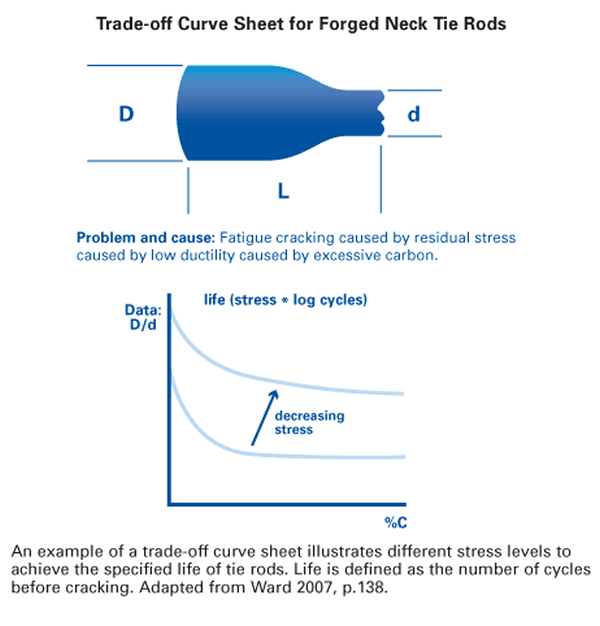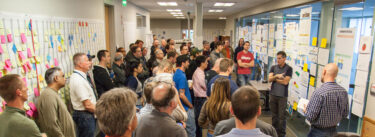I was once asked: “How is set-based design lean? Isn’t designing multiple alternatives creating waste and the opposite of lean?”
This is a logical and reasonable question. It is always important to understand the purpose of a method, so you can hypothesize if it will solve your problem(s). Doing anything without understanding the purpose is waste. And since set-based design often requires an investment in order to shift resources up front in development, its purpose may be questioned even more. This is actually a benefit in disguise as it ensures we understand the purpose better. It is yet another counterintuitive lean method with the answer coming from the perspective you are looking from.
Depending on your perspective, there are many wastes associated with or avoided through learning about multiple alternatives. From just one product within the engineering department you could reasonably think that if you explore multiple alternatives, then all except the one you select will be waste. This is no different than optimizing vertically within a process or function instead of horizontally across the value stream.
The original question comes from a horizontal perspective that if you just select the best alternative before you start then every other alternative is waste. But both of these viewpoints are wishful thinking and happen to directly conflict with the core LPPD principles. They imply that the designer should automatically know which alternative is best, ignore the expensive and time-consuming iterative design changes that almost always occur when a single design is selected early, and will likely result in a sub-optimal design providing less value to the customer. These are all wastes that negatively impact customer value.
At the same time, designing multiple alternatives will indeed generate waste if you are not mindful about what you are learning and trying to create. Value is created in development through the creation of two things:
- Profitable operational value streams (product customer values and manufacturing system to produce).
- Usable knowledge that enables the creation of profitable operational value streams.
From the perspective of maximizing value in creating a profitable operational value stream, you should be maximizing value for the customer in the product and your ability to produce it. Exploring multiple alternatives paired with quick learning enables faster time to market and more customer value. But this only happens if you evaluate the alternatives from the perspectives of the customer and manufacturing system. If you are evaluating alternatives from different perspectives that the customer doesn’t value you could just be generating more waste.
And then there is the other value created in development – usable knowledge. While multiple alternatives are explored to optimize the product and manufacturing system, what happens to the knowledge created while learning about the alternative designs? If your perspective is just this one product and that knowledge gets discarded, it isn’t a waste.

But if you are looking at a product development system with other current and future products, discarded knowledge is indeed a waste. If you capture knowledge in a difficult-to-access medium that is also waste as it is unlikely to be retrieved for future programs. Whereas, if you capture knowledge in an easily accessible format, such as trade-off curves, you can leverage that knowledge on future projects to create more customer value.






